There is currently an attempt to introduce an orientation argument to RadioButtons in PR #13374; this has not yet been finalized.
As I had commented in this PR, an alternative option would be to use a scatter plot for the buttons. The following shows how I would imagine this implementation. There are two main enhancements compared to the usual buttons:
- Radio buttons are always round independent of the size of the axes.
- They can be aligned arbitrarily, in particular horizontally.
This is achieved by creating a legend internally, which has all the required options readily available. Any valid arguments to Legend can be used for the Buttons as well.
import matplotlib.pyplot as plt
from matplotlib.widgets import AxesWidget, RadioButtons
class MyRadioButtons(RadioButtons):
def __init__(self, ax, labels, active=0, activecolor='blue', size=49,
orientation="vertical", **kwargs):
"""
Add radio buttons to an `~.axes.Axes`.
Parameters
----------
ax : `~matplotlib.axes.Axes`
The axes to add the buttons to.
labels : list of str
The button labels.
active : int
The index of the initially selected button.
activecolor : color
The color of the selected button.
size : float
Size of the radio buttons
orientation : str
The orientation of the buttons: 'vertical' (default), or 'horizontal'.
Further parameters are passed on to `Legend`.
"""
AxesWidget.__init__(self, ax)
self.activecolor = activecolor
axcolor = ax.get_facecolor()
self.value_selected = None
ax.set_xticks([])
ax.set_yticks([])
ax.set_navigate(False)
circles = []
for i, label in enumerate(labels):
if i == active:
self.value_selected = label
facecolor = activecolor
else:
facecolor = axcolor
p = ax.scatter([],[], s=size, marker="o", edgecolor='black',
facecolor=facecolor)
circles.append(p)
if orientation == "horizontal":
kwargs.update(ncol=len(labels), mode="expand")
kwargs.setdefault("frameon", False)
self.box = ax.legend(circles, labels, loc="center", **kwargs)
self.labels = self.box.texts
self.circles = self.box.legendHandles
for c in self.circles:
c.set_picker(5)
self.cnt = 0
self.observers = {}
self.connect_event('pick_event', self._clicked)
def _clicked(self, event):
if (self.ignore(event) or event.mouseevent.button != 1 or
event.mouseevent.inaxes != self.ax):
return
if event.artist in self.circles:
self.set_active(self.circles.index(event.artist))
Use it as
plt.subplots_adjust(left=0.2)
rax = plt.axes([0.5,0.05,0.4,0.07])
radio = MyRadioButtons(rax ,['1','2','3'], active=0, activecolor='crimson',
orientation="horizontal")
plt.show()

Or
rax = plt.axes([0.2,0.5,0.25,0.1])
radio = MyRadioButtons(rax ,["AA", "BB", "CC", "DD"], ncol=2)

 ,
,
